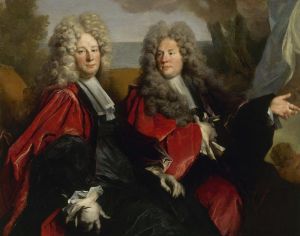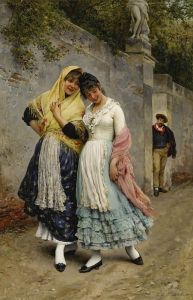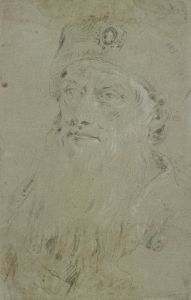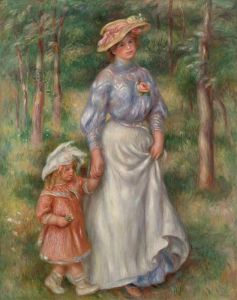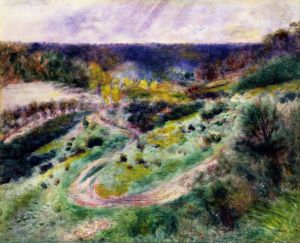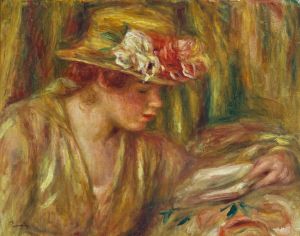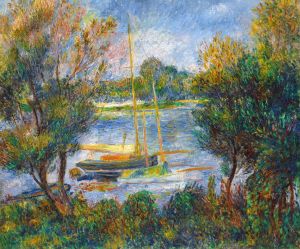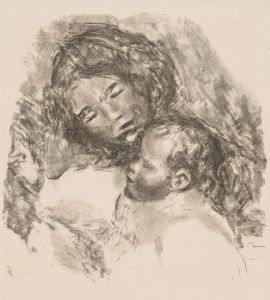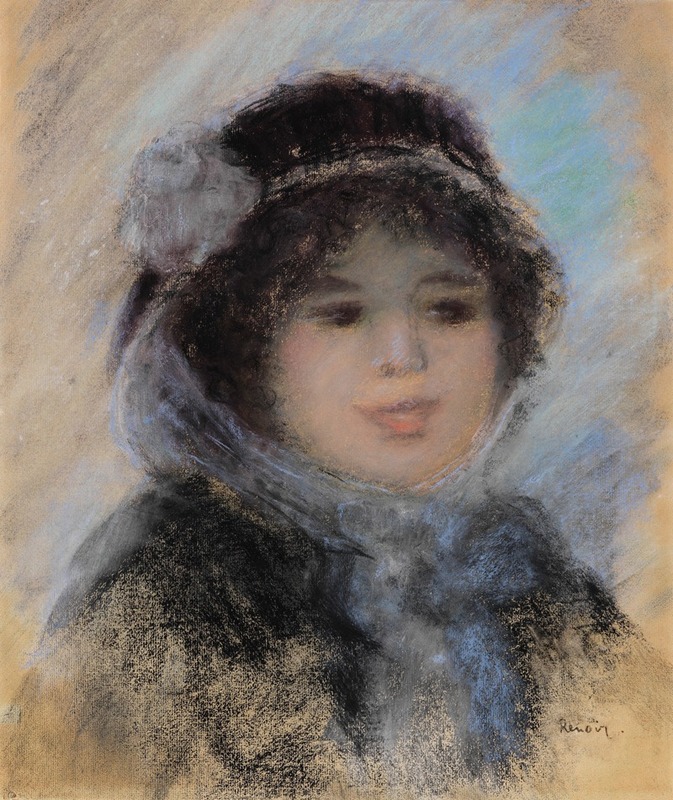
Portrait de femme
A hand-painted replica of Pierre-Auguste Renoir’s masterpiece Portrait de femme, meticulously crafted by professional artists to capture the true essence of the original. Each piece is created with museum-quality canvas and rare mineral pigments, carefully painted by experienced artists with delicate brushstrokes and rich, layered colors to perfectly recreate the texture of the original artwork. Unlike machine-printed reproductions, this hand-painted version brings the painting to life, infused with the artist’s emotions and skill in every stroke. Whether for personal collection or home decoration, it instantly elevates the artistic atmosphere of any space.
Pierre-Auguste Renoir, a leading figure in the Impressionist movement, is renowned for his vibrant light and saturated color, often focusing on people in intimate and candid compositions. One of his works, "Portrait de femme," exemplifies his mastery in capturing the essence of his subjects through his unique brushwork and keen eye for detail.
"Portrait de femme" is a testament to Renoir's ability to convey the subtleties of human expression and the delicate interplay of light and shadow. Although specific details about the painting's creation, such as the exact date and the identity of the woman depicted, are not widely documented, the artwork is consistent with Renoir's style during the late 19th century. During this period, Renoir was deeply engaged in exploring the nuances of portraiture, often painting his friends, family, and patrons.
Renoir's portraits are characterized by their soft focus and the gentle blending of colors, which create a sense of warmth and immediacy. In "Portrait de femme," the subject is typically rendered with a soft, almost ethereal quality, highlighting Renoir's fascination with the beauty and complexity of the human face. The use of light in the painting is particularly noteworthy; Renoir often employed natural light to enhance the realism and vitality of his subjects, a technique that is evident in this work.
The composition of "Portrait de femme" reflects Renoir's interest in capturing the personality and mood of his subjects rather than merely their physical likeness. This approach aligns with the broader goals of the Impressionist movement, which sought to capture the fleeting effects of light and atmosphere. Renoir's portraits often convey a sense of intimacy and immediacy, inviting viewers to engage with the subject on a personal level.
Renoir's technique involved the use of loose brushstrokes and a vibrant palette, which allowed him to convey the dynamism and liveliness of his subjects. This method is evident in "Portrait de femme," where the interplay of colors and the fluidity of the brushwork contribute to the overall impression of spontaneity and life. The painting's background is typically understated, drawing attention to the subject's face and expression, which are rendered with meticulous care.
Throughout his career, Renoir remained committed to the depiction of beauty and the human form, often focusing on themes of femininity and grace. His portraits, including "Portrait de femme," are celebrated for their ability to capture the essence of his subjects with warmth and sensitivity. Renoir's work continues to be admired for its contribution to the development of modern art, particularly in its emphasis on capturing the transient effects of light and color.
In summary, "Portrait de femme" by Pierre-Auguste Renoir is a quintessential example of the artist's skill in portraiture, reflecting his dedication to capturing the beauty and complexity of his subjects. While specific details about the painting remain limited, its style and execution are consistent with Renoir's broader body of work, highlighting his influence on the Impressionist movement and his enduring legacy in the world of art.






